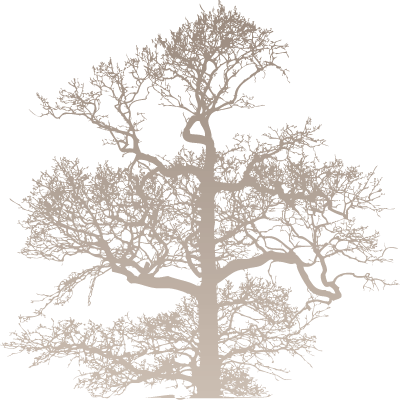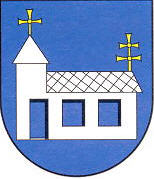
The village is situated on the Polish frontier. The name Certizne comes from the Slavic word “border” or “edge.” The village is first mentioned in 1431 when it belonged to the gentry of Humenne. The settlement was founded by an agent of the estate and was inhabited by villagers around 1560 on the Humenne estate property. The oldest written report of Certizne comes from 1579. The owners of the estate were the aristocratic Drugeth family. In 1600 there were 15 houses of villagers and one or two houses for agents of the estate. In 1715 the community had a mill and 22 households. However, the number dropped to 20 in 1720. In 1787 it had 118 homes and 815 residents; in 1828 it had 103 homes and 775 residents. From 1863 the Dobriansky family owned the village property. The villagers worked their own land and in the forests. Others were employed by making charcoal. During the period of 1890 to1900 a large portion of villagers immigrated to other countries. The community was destroyed during World War I (1914 to 1915) during a Russian offensive and 80% was burned to the ground. In 1953 a collective farm was established but failed. The collective farm was again established in 1959. As of 1977, some village residents worked in factories in Medzilaborce, Humenné, and Kosice.
Certizne has the Dobriansky Convent built at the beginning of the 19th century. The first mention of the Greek Catholic church dates back to 1880 when Julius Stavorovsky spoke of teaching in a Rusnak school. During the period in the late 1920’s tensions began by a minority of church parishioners. Greek Catholic members made up 70% of the church whereas only 30% chose to identify with the Orthodox religion. These members, including Irenej Chanath who converted to the Orthodox religion, left the Greek Catholic faith. Much later they constructed their own church. Today, the land where the Orthodox Church was built is the premises of a village cultural center. The Greek Catholics constructed a modern church in 1928. The church of the Holy Ascension was later blessed and dedicated by Blessed Bishop Paul Goydich of the Presov Greek Catholic Eparchy. In 2006, another brand new Greek Catholic church was constructed. This church was completely financed by the residents of the village. Certizne has a Greek Catholic and Jewish cemetery. Six different military cemeteries are found in the surrounding areas and have Austro-Hungarian and Russian soldiers’ interred from World War I.
The type of folk costumes worn in Certizne is the same as worn in Habura and in communities in the Laborec Valley south to Výrava and Olka. In the middle of the 20th century, the community was still a center for wax and multicolored Easter eggs (Pysanky). Typical folk songs and dances are "do saflíka", "starodávny", "do karicky", "do radu", "zahrávanky", "tanec pri cepcení", "výmenný tanec", "trutak", "cigánske lapkane", salený cardas", "kozák", and "Hoja, Dunda".
Notable Personalities:
Adolf Ivan Dobriansky born on December 18, 1817 and died March 19, 1901. He was born in Rudlov and was a Rusnak writer, philosopher and publisher. He resided in the village from 1868 until 1881. He worked to advance the rights of the Rusnak and Slovak people during Hungarian administration. His father, Jan Dobransky, was the Greek Catholic parish priest of Rudlov. Adolf’s father came from a long line of Greek Catholic priestly families. He was buried on March 25, 1901 in the Certizne Greek Catholic cemetery per his Last Will and Testament.
Julius Stavrovsky-Popradov (1850-1899) was born in the village of Sulin. He was the son of Father John Stavrovsky (1822-1878) a Greek Catholic priest and his wife Peroska Dulhazy. He resided in the village of Certizne from 1879 to 1899. He was the village Greek Catholic parish priest in Certizne and was a Rusnak writer and poet. He worked tirelessly for the advancement of the Rusnak people. In the village of Sulin he was also a notable personality and the parish priest. He is buried in the Certizne Greek Catholic cemetery.
Village Statistics:
Over time there have been varying names for the village:
1773, Csertesz, Czertissne, 1786, Cschertesz, Certissnye, 1808, Csertez, Csertesz, Czertizne, Csertaz, 1863, Csertez, 1873 to 1902, Csertesz, 1907 to 1913, Nagycsertesz, 1920, Certiazne, 1927, Certizne.
Acreage:
2,373HA is the size of the village. HA is short for Hektar. 1 Hektar is 2.471 acres.
Population Statistics:
In 1869 Certizne had 826 residents, 976 in 1880, 1,062 in 1890, 961 in 1900, 1,034 in 1920, 924 in 1921, 1,088 in 1930, 1,092 in 1940, 824 in 1948, 839 in 1961, in 1970, 768 and by 2005 there were approximately 400 residents.
Greek Catholic Priests Who Served Certizne:
Vasiľ Markovič 1700-1760, Ján Popik 1760-1804, Hilárion Kozák, OSBM 1804-1805, Alexej Chila 1805-1806, Jozef Dobranský 1806-1808, Juraj Toronský 1808-1819, Demeter Bukovecký, OSBM 1819-1821, Eliáš Zatvornický, OSBM 1821-1822, Alexander Hodobay 1822-1826, Gabriel Gerbery 1826-1829, Teodor Gojdič 1829-1830, Michal Beskid 1830-1879, Mikuláš Petrašovič 1879, Július Stavrovský 1879-1899, Irenej Chanáth 1900-1930 (defected for the Orthodox religion in 1930), Andrej Grešš 1930, Július Hricišák 1931-1932, Karol Szücs 1933-1934, 1934 to 1935, Mikulas Kello and 1935 to 1939, Jan Cekan.
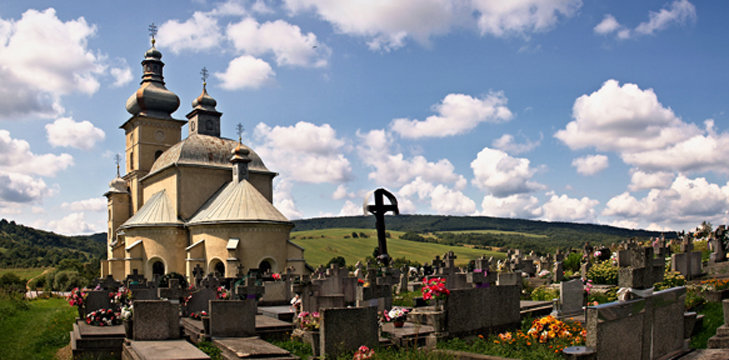
Photo Credit: Pierre Bona
The following photos provided by, The Greek Catholic Archbishop of Presov
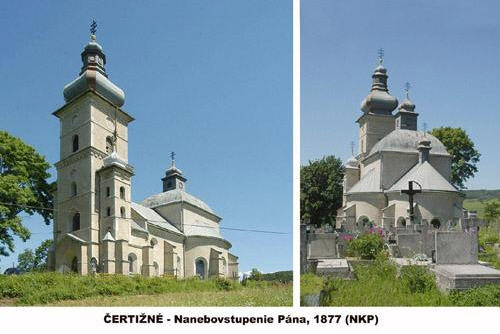
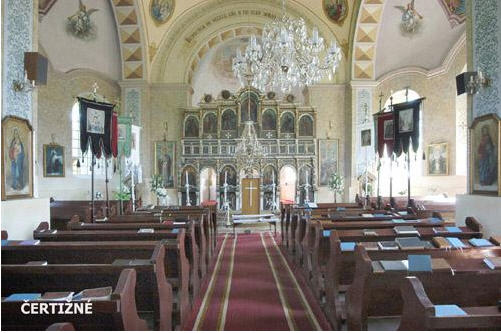
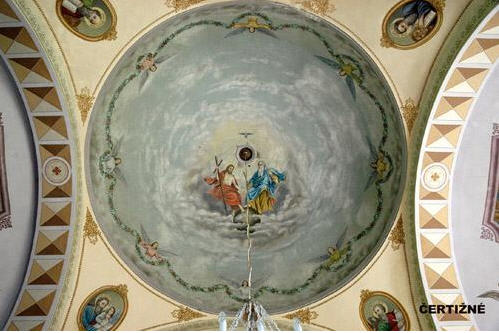
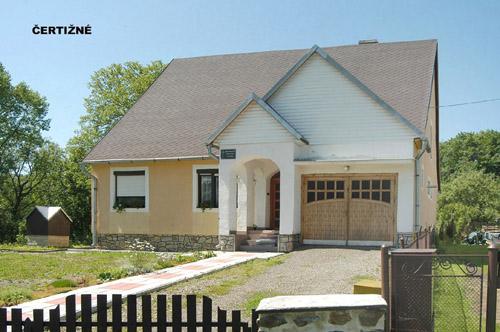
Parish House
